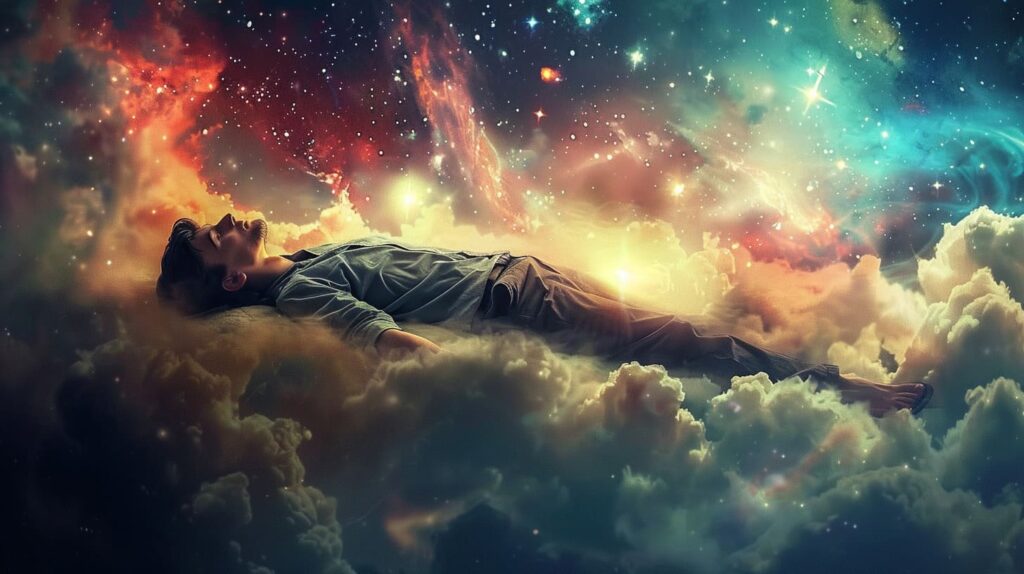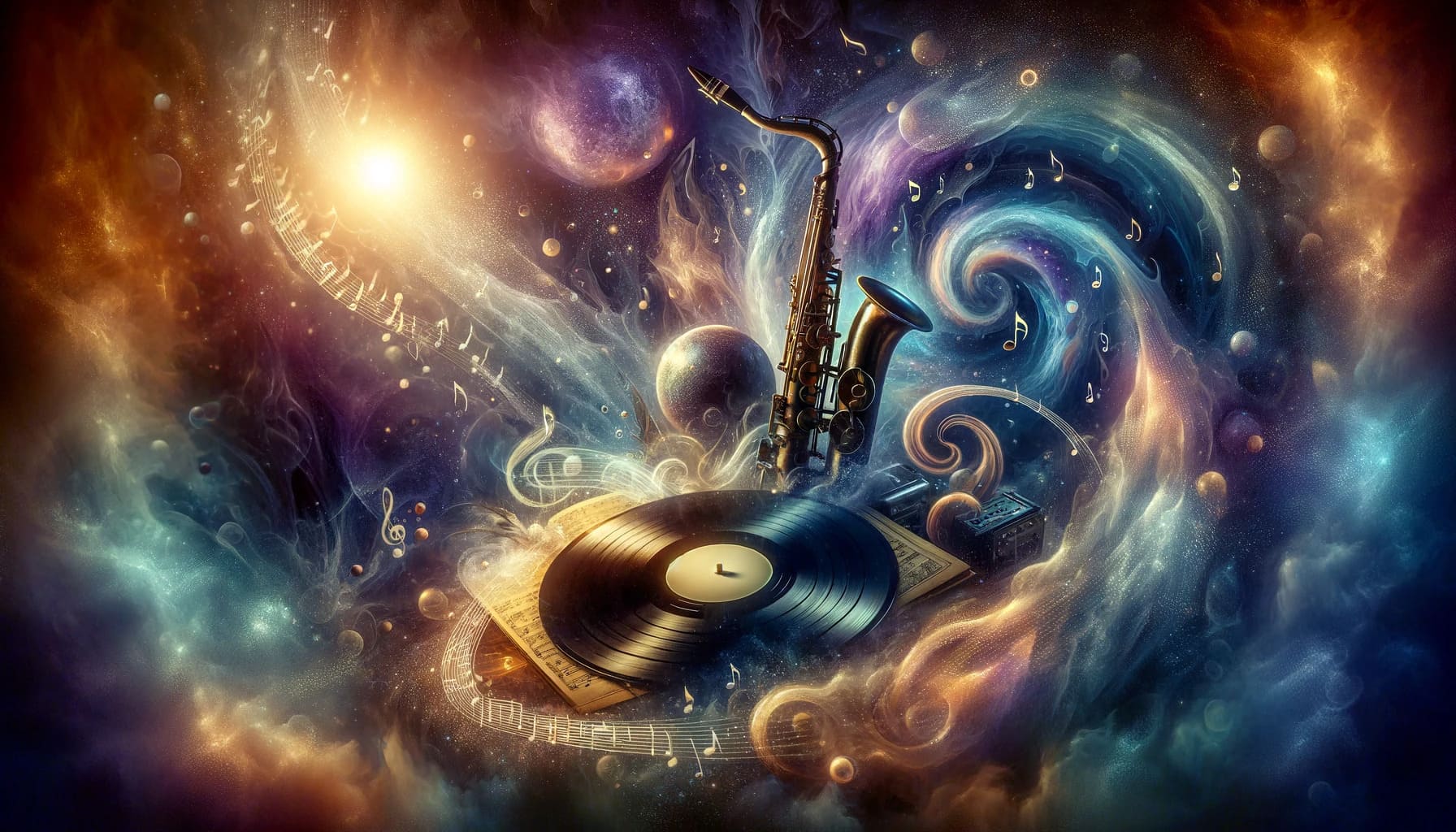Explore the depth and beauty of spiritual jazz as we journey through the genre's finest albums. Experience the music that transcends mere entertainment to touch the soul and provoke thought.
History and Influence: The Rise of Spiritual Jazz
Dive into the emergence of spiritual jazz, a genre deeply intertwined with the civil rights movement. This form of jazz, enriched with African and Eastern philosophical influences, provided a unique medium for artists to express their quest for freedom and spiritual depth. Let’s explore some pivotal moments and albums that contributed to the genre's growth.
- Civil Rights Movement: The 1960s were a turning point, with artists using spiritual jazz as a voice for change and enlightenment.
- African and Eastern Influences: Integrating instruments and musical concepts from various cultures, these sounds added depth and diversity to jazz.
- Key Albums: Works like John Coltrane's "A Love Supreme" and Pharoah Sanders' "Karma" were revolutionary, offering new spiritual and musical explorations.
These elements combined to forge a path for spiritual jazz, not just as a musical style, but also as a cultural movement.
Defining the Sound: What Makes Jazz Spiritual?
What exactly sets spiritual jazz apart from other jazz genres? It’s all in the details—the intricacies of sound, the depth of lyrical content, and the innovative use of instruments. Here’s how:
- Lyrical Depth: Lyrics in spiritual jazz often explore themes of existentialism, peace, and unity.
- Rhythmic Complexity: The syncopation and polyrhythms invite listeners to a deeper level of listening and reflection.
- Non-Western Instruments: The inclusion of instruments like the sitar or tablas adds a distinctive sound that enhances the spiritual quality of the music.
These components are crucial in shaping the uniquely transcendent and meditative quality of spiritual jazz, making it a profound listening experience.
Iconic Artists and Pioneering Albums
Spiritual jazz has been shaped by numerous talented artists, each bringing their flavor to this rich genre. Let’s focus on some foundational figures and their monumental albums:
- John Coltrane: "A Love Supreme" is an album that many consider a pinnacle of spiritual jazz. It’s a profound narrative of Coltrane’s spiritual journey.
- Alice Coltrane: Known for her harp playing and improvisational skills, her album "Journey in Satchidananda" explores themes of spirituality and transcendence.
- Pharoah Sanders: His album "Thembi" introduced a new level of spiritual expression with unconventional instruments and compositions.
These artists and albums not only define the spirit of the genre but also continue to influence the wide spectrum of jazz music today. By exploring their discographies, we uncover the soul of spiritual jazz.
This exploration into the heart of spiritual jazz reveals its layered history, unique sound, and influential figures. Each album and artist mentioned not only brings immense value but also deepens our appreciation for this transcendent genre. Whether you are a newcomer to spiritual jazz or a long-time aficionado, there is always more to discover in this soulful journey through music.
Contemporary Masters: Modern Spiritual Jazz Albums
In today's vibrant musical landscape, spiritual jazz continues to thrive, propelled by contemporary artists who blend time-honored traditions with modern influences. This fusion maintains the genre's essence while weaving in advanced production techniques and fresh sounds, which resonate with a wider audience. Let's delve into some of the standout albums from modern masters who are redefining spiritual jazz in their unique ways.
- Kamasi Washington: With his groundbreaking album "The Epic," Washington has brought spiritual jazz to a broader audience, infusing it with elements of hip-hop, classical, and R&B.
- Shabaka Hutchings: Leading various bands like The Comet Is Coming and Shabaka and the Ancestors, Hutchings integrates Afro-Caribbean and African influences, pushing the boundaries of jazz.
- Makaya McCraven: Often labeled as a “beat scientist,” McCraven’s album "Universal Beings" showcases a blend of live jazz performance chopped up into looping beats and grooves that offer a new perspective on improvisation.
These artists are not only preserving the rich heritage of spiritual jazz but also pushing it forward, ensuring its relevance and vibrancy in the current music scene.
Hidden Gems: Underrated Spiritual Jazz Records
While the giants of the genre might dominate headlines, several lesser-known albums are just waiting to be discovered. These hidden gems offer a deep dive into the more obscure corners of spiritual jazz, providing a fresh listening experience for those in search of unexplored sonic territories.
- "Black Renaissance" by Harry Whitaker: A rare but pivotal album, blending post-bop with spoken word to create a powerful commentary on social issues.
- "Peace and Love" by Barbieri: An avant-garde masterpiece that combines Latin jazz elements with fervent spiritual undertones.
- "The Almoravid" by Joe Chambers: Combining intricate rhythms and melodies, this album offers a unique take on how diverse influences can converge into a cohesive spiritual narrative.
Explore these underrated records for a distinct taste of spiritual jazz, where each track offers new rhythms and stories that merit recognition and admiration.
A New Era: The Revival and Future of Spiritual Jazz
As we witness a remarkable revival in spiritual jazz, it is imperative to consider the musicians who are steering this renaissance and their contribution to the genre's evolving landscape. This resurgence is not just about nostalgia; it's a dynamic movement that incorporates global music trends and reflects contemporary spiritual and cultural dialogues.
- Global Influences: Artists like Omar Sosa from Cuba and Anoushka Shankar from India infuse their cultural heritage, broadening the genre’s appeal and depth.
- Fusion with Other Genres: Modern spiritual jazz artists often collaborate with musicians from different genres, creating a rich tapestry of sound that appeals to a diverse listener base.
- Technological Innovations: The use of modern production technologies and digital platforms has allowed for a broader dissemination and experimentation within spiritual jazz, making it accessible to the global audience.
As we look to the future, these factors will likely play significant roles in shaping the direction of spiritual jazz, making it as influential and vital as ever. The promise of new talent and innovative sounds ensures that this genre will continue to inspire and evolve, pushing musical and spiritual boundaries.
Conclusion
From the roots laid down by John Coltrane and Alice Coltrane to the innovative interpretations by modern artists, spiritual jazz remains a powerful medium for expression and introspection. As we continue to explore both the well-trodden paths and the less explored terrains of this genre, the journey promises to be as enriching as it is enlightening. Dive into these albums, let the music guide your soul, and discover the endless layers of spiritual jazz.

Reflect on how spiritual jazz not only entertains but also educates and elevates, making it much more than just music. It is a gateway to deeper understanding and connection, resonating through each note and rhythm.







0 Comments